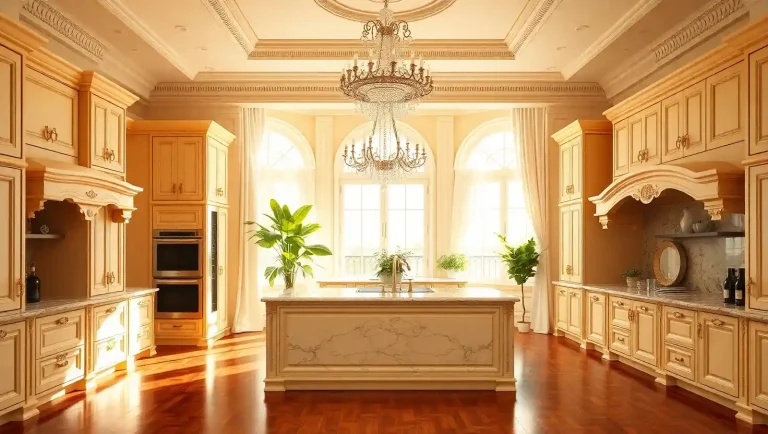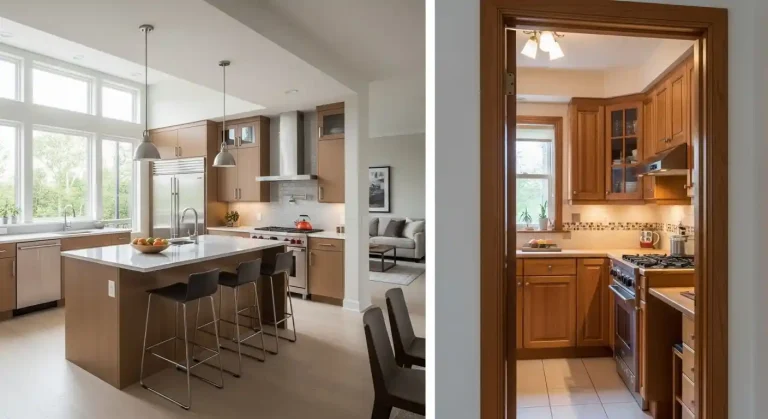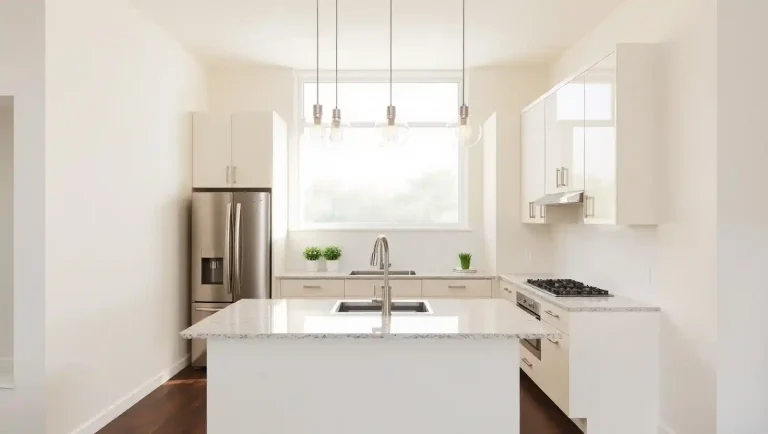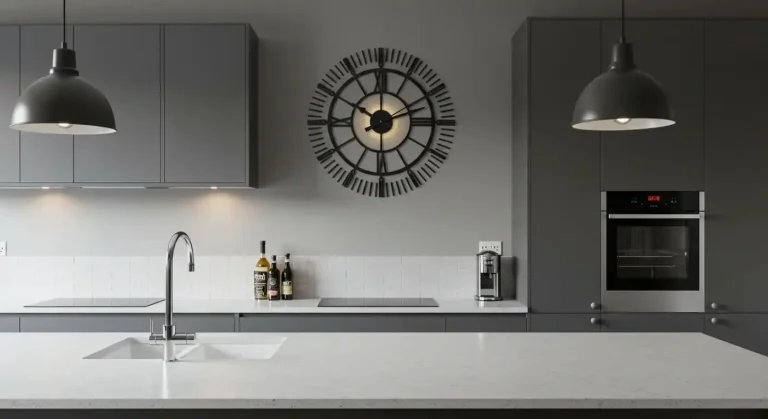Do You Need a Backsplash in Kitchen? A Complete Guide

When planning or renovating a kitchen, one of the most common questions homeowners ask is: do you need a backsplash in kitchen design?
Some people see it as purely decorative, while others insist it’s a must-have for protection and style. The truth lies somewhere in between.
A backsplash can be both functional and beautiful, and whether you need one depends on your lifestyle, budget, and design goals.
In this guide, we’ll explore the benefits, drawbacks, and design considerations of kitchen backsplashes so you can make an informed decision.
🎄 Christmas & Year-End Amazon Deals !
Don’t miss out on the best discounts and top-rated products available right now!
*As an Amazon Associate, I earn from qualifying purchases.
What Is a Kitchen Backsplash?

A backsplash is the vertical surface on the wall behind your countertops, often running along the sink, stove, or the entire counter area.
Traditionally, it’s made from tile, stone, or other durable materials.
Its main role is to protect the wall from splashes, grease, water, and food stains.
But over time, backsplashes evolved into a design feature that adds personality and style to the kitchen.
From classic subway tile designs to bold geometric patterns, the backsplash is now one of the most customizable elements in modern kitchens.
Why a Backsplash Matters
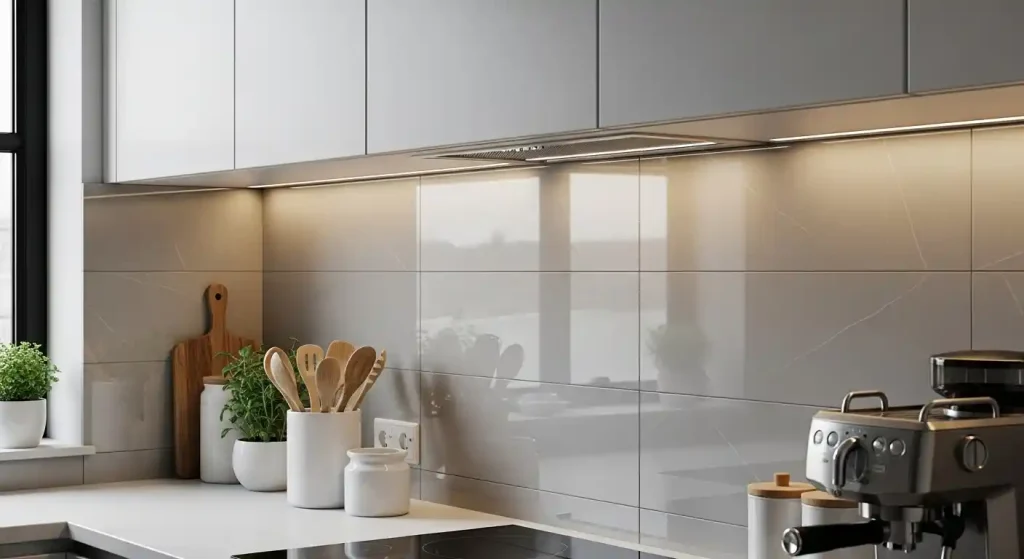
The kitchen is one of the hardest-working rooms in your home.
Between cooking, washing, and entertaining, walls near the stove and sink are constantly exposed to moisture, heat, and grease.
Without a backsplash, your painted drywall or wallpaper can quickly become stained, warped, or damaged.
Repairing or repainting walls regularly can be costly and inconvenient.
A backsplash acts like armor, shielding your walls while also making cleanup easier.
Simply wipe down the surface, and it looks brand new again.
The Pros of Having a Backsplash
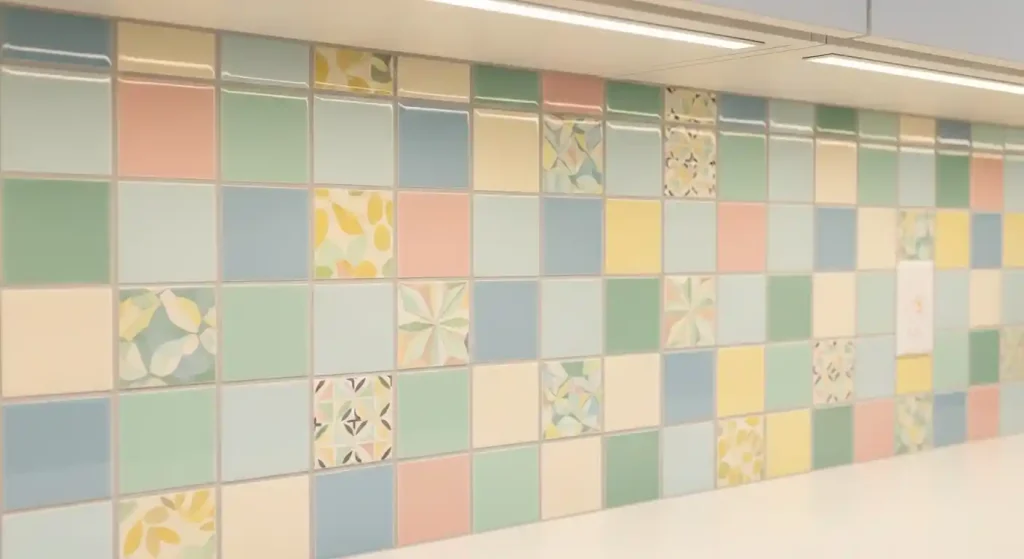
1. Protection from Damage
Grease, water, and food splatters are inevitable.
A backsplash prevents these from seeping into your walls and causing long-term damage.
🎄 Christmas & Year-End Amazon Deals !
Don’t miss out on the best discounts and top-rated products available right now!
*As an Amazon Associate, I earn from qualifying purchases.
2. Easy Maintenance
Materials like ceramic tile, glass, or stainless steel are simple to clean.
A quick wipe with a damp cloth is usually all you need.
3. Design Impact
Backsplashes can transform the look of your kitchen.
Whether you choose timeless designs or bold colors, they add character and depth.
4. Increased Home Value
Buyers often view a backsplash as a sign of a finished, well-maintained kitchen.
It can make your home more appealing on the market.
The Cons of Having a Backsplash
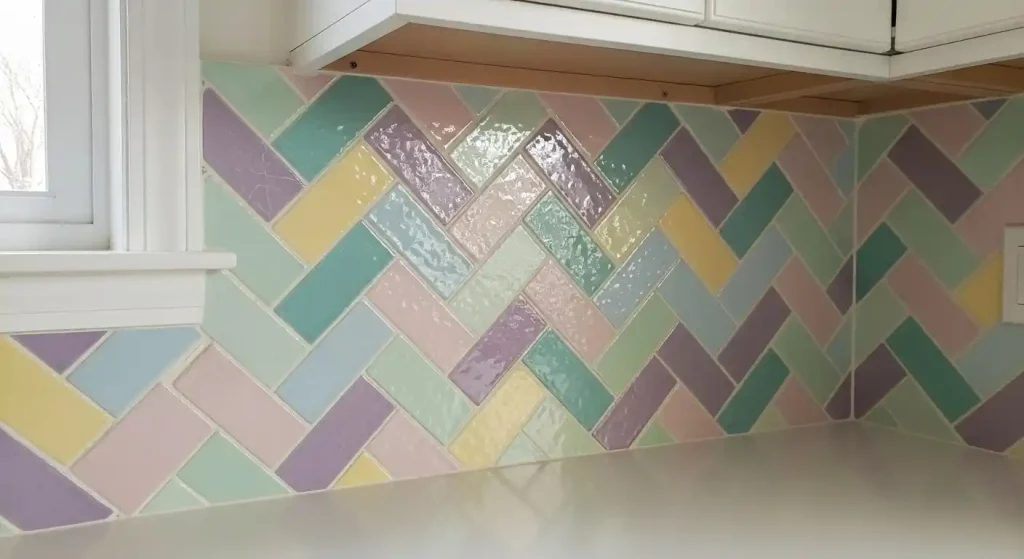
While backsplashes offer many benefits, there are a few downsides to consider.
1. Cost
Depending on the material, backsplashes can be expensive.
🎄 Christmas & Year-End Amazon Deals !
Don’t miss out on the best discounts and top-rated products available right now!
*As an Amazon Associate, I earn from qualifying purchases.
Natural stone or marble, for example, costs more than basic ceramic tile.
2. Installation Effort
Installing a backsplash requires precision.
While some homeowners tackle it as a DIY project, professional installation is often recommended.
You can learn more in this guide on how to install and remove a kitchen backsplash.
3. Maintenance of Grout
Tiles with grout lines need occasional sealing and cleaning to prevent discoloration.
If budget or maintenance is a concern, alternatives like washable paint or peel-and-stick panels might be worth exploring.
Do You Really Need a Backsplash in Kitchen Design?
The short answer: it depends.
If you cook often, a backsplash is highly recommended. It protects your walls and saves you time on cleaning.
If you rarely use your kitchen for heavy cooking, you may get away with minimal splash protection—like a 4-inch backsplash that matches your countertop.
However, most homeowners find that a full backsplash not only protects their walls but also elevates the entire kitchen design.
🎄 Christmas & Year-End Amazon Deals !
Don’t miss out on the best discounts and top-rated products available right now!
*As an Amazon Associate, I earn from qualifying purchases.
It’s both practical and stylish, making it a worthwhile investment.
Popular Backsplash Materials
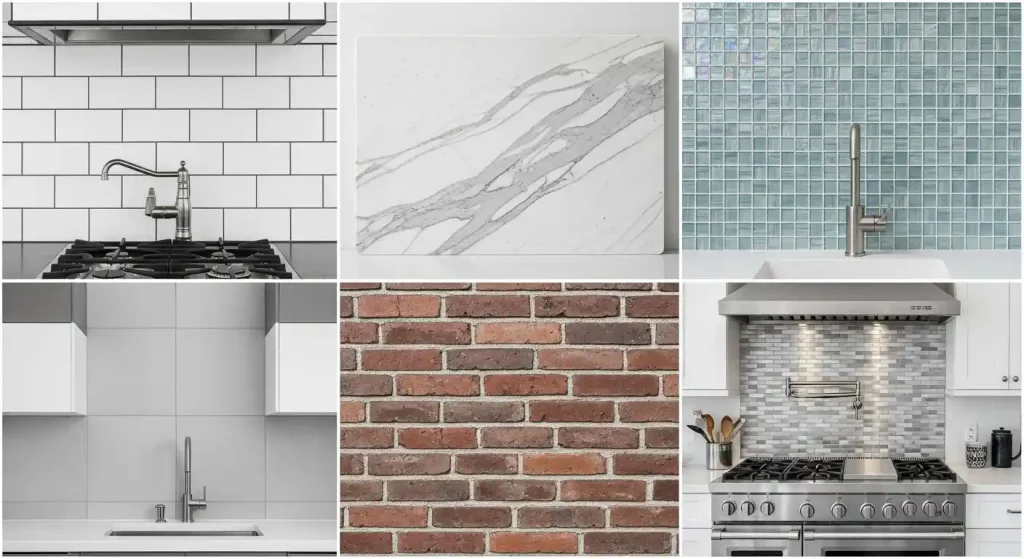
Choosing the right material is key to balancing function and style. Here are some top options:
- Ceramic & Porcelain Tile: Affordable, versatile, and available in endless colors and patterns.
- Glass: Reflective and modern, perfect for brightening smaller spaces.
- Natural Stone: Adds luxury and texture, though it requires sealing. Explore stone backsplash designs for inspiration.
- Stainless Steel: Sleek, industrial, and easy to clean.
- Wood Panels: Warm and rustic, but they need sealing to resist moisture.
Each offers unique benefits, so consider your kitchen’s style and maintenance preferences before deciding.
Design Considerations Before Installing
When planning your backsplash, think about the following:
- Height: Do you want a standard 4-inch backsplash, or a full-height design that goes up to the cabinets or ceiling?
- Color & Contrast: Do you prefer harmony with your cabinets or bold contrast? For example, backsplashes with white cabinets often use color or texture to stand out.
- Lighting: Glossy finishes reflect light, while matte surfaces absorb it. Consider your kitchen’s natural and artificial lighting.
- Cabinet Color: Your backsplash should complement your cabinetry. For ideas, explore backsplash designs with dark cabinets or gray cabinets.
Trendy Yet Timeless Styles
If you’re worried about your backsplash going out of style, stick with classic designs.
- Subway Tiles: Always a safe choice, versatile in layout and grout color.
- Marble or Quartz Slabs: Elegant and seamless.
- Neutral Tones: Whites, grays, and beiges never go out of fashion.
For more inspiration, check out these timeless backsplash ideas.
Creative Ways to Use a Backsplash
A backsplash doesn’t have to cover only the area behind the sink or stove.
- Extend it to the ceiling for a dramatic effect.
- Use it as an accent wall behind open shelving.
- Highlight unique areas, like behind the stove, for a focal point.
- Mix materials—combine tile with wood or stone for depth.
These creative touches make your kitchen feel custom and unique.
Alternatives to Traditional Backsplashes
If you’re not ready to commit to tile or stone, there are alternatives:
- Paint: Washable, high-gloss paint can resist minor splashes. Learn how in this guide on painting your kitchen backsplash.
- Peel-and-Stick Tiles: Affordable and DIY-friendly, available in countless styles.
- Wallpaper: With a protective sealant, wallpaper can add pattern and personality.
- Concrete: A modern, industrial option that’s durable when properly sealed.
These options may not last as long as traditional tile, but they’re great for budget-conscious or temporary solutions.
Tips for Choosing the Right Backsplash
With so many options, how do you choose the right one?
- Match Your Lifestyle: If you cook daily, prioritize durability and easy cleaning.
- Think About Color: A bold backsplash can define your kitchen, while a neutral one blends seamlessly. Explore kitchen color backsplash ideas for guidance.
- Consider Maintenance: Some materials require sealing or special cleaning.
- Set a Budget: Costs range from $10 to $50 per square foot, depending on material and labor.
For a full breakdown, read this guide on how to choose a kitchen backsplash.
🎄 Christmas & Year-End Amazon Deals !
Don’t miss out on the best discounts and top-rated products available right now!
*As an Amazon Associate, I earn from qualifying purchases.
DIY vs. Professional Installation
Installing a backsplash can be a rewarding DIY project, especially with peel-and-stick tiles or simple layouts.
However, complex patterns like herringbone or mosaic require precision.
Hiring a professional ensures a seamless finish and saves time.
If you’re considering DIY, check out tips on installing and removing a backsplash.
For smaller updates, you might even try painting over existing tile.
Final Thoughts
So, do you need a backsplash in kitchen design?
If you want to protect your walls, simplify cleaning, and elevate your kitchen’s style, the answer is yes.
While it’s not always a strict necessity, most homeowners find it to be a smart and worthwhile investment.
From classic subway tiles to bold, colorful mosaics, the backsplash is your chance to add both function and flair.
Choose materials and designs that fit your lifestyle, and your kitchen will remain beautiful and practical for years to come.

